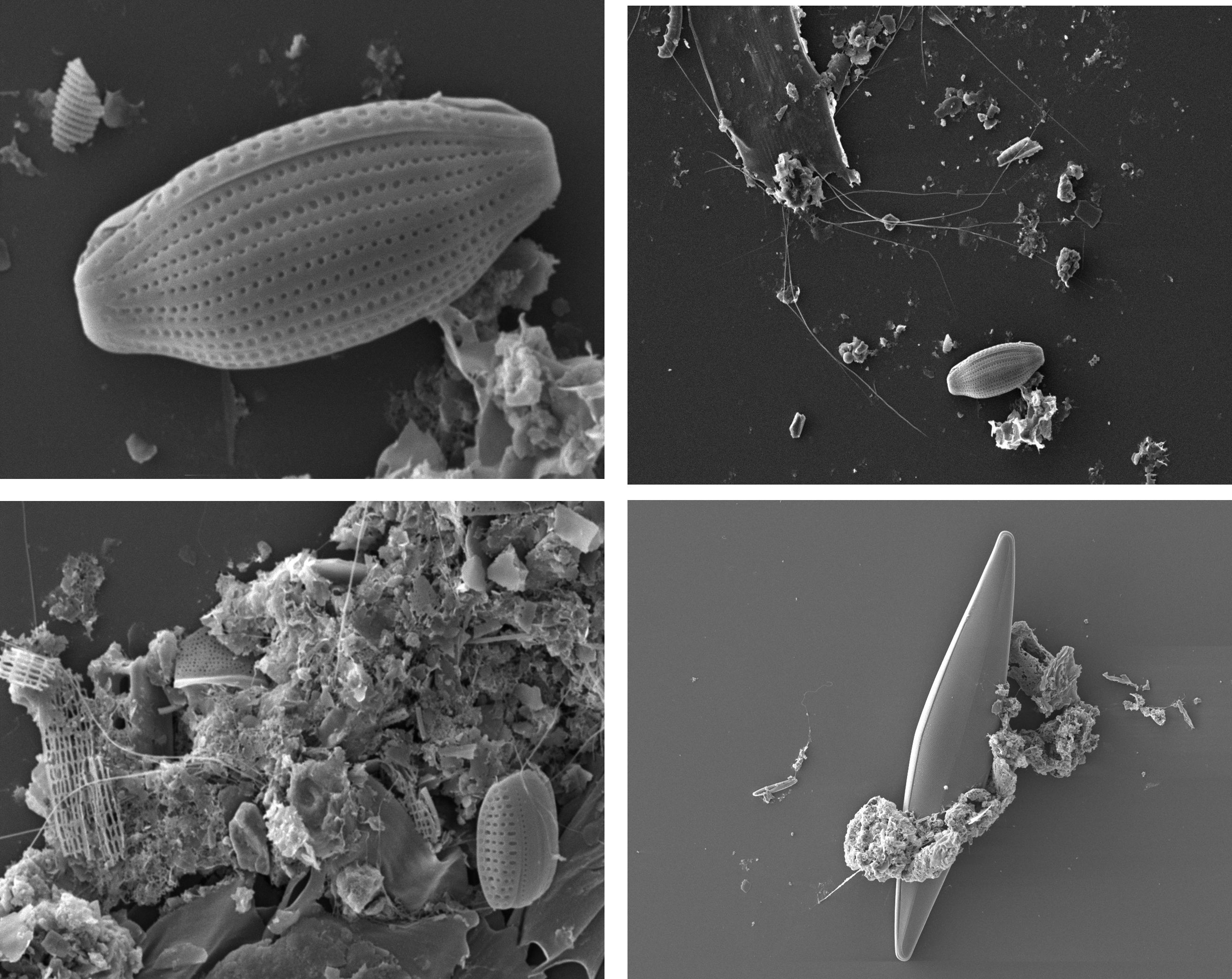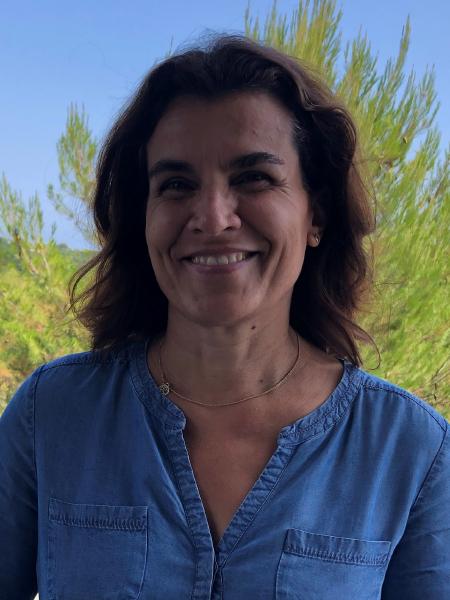Academy of Excellence "Space, Environment, Risk and Resilience"
Profiling marine biofilms
Unveiling the secret lives of microorganisms and their impact on ocean ecosystems through a revolutionary look at marine biofilms

Academy 3 highlight
This project contributes to the “conservation and sustainable use of oceans, seas and marine resources” for sustainable development. It aims at considering urgent measures to combat climate change and its impacts and ensure the availability and sustainable management of water and better monitoring of wastewater treatment.
The project
Marine biofilms are widespread in the marine environment, and the microbial diversity in these biofilms is substantially higher than previously believed. Recent studies indicate that 40 to 80% of all living bacteria and archaea on Earth form biofilms. Notably, both biotic surfaces, including animals, and abiotic surfaces immersed in seawater can become rapidly colonized by microorganisms in less than a day. Biofilms also develop at the seafloor interface and at the sea surface. These marine biofilms include a wide variety of microorganisms, such as bacteria, archaea, diatoms, fungi, unicellular and multicellular eukaryotes, viruses and extracellular vesicles. Biofilms serve as living substrates for successive colonization by multicellular eukaryotes, and they are, therefore, key elements in the development of marine trophic networks. Marine biofilms often play essential ecological roles in ecosystems. They can produce diverse bioactive compounds to adapt to changing environmental conditions. These chemical cues can influence biofilm formation, assembly and maturation, consequently determining whether biofilms promote or inhibit the recruitment of marine larvae. Microorganisms within natural marine biofilms also engage in complex social interactions. Cooperative behaviors give biofilm microorganisms advantages over their free-living counterparts, while competition plays a vital role in shaping the community structure. For example, the release of antibiotics and toxins is a common strategy for competing microbial species. A better understanding of how environmental changes affect microbial community structures and biofilm functions, and how biofilms influence the initial colonization of marine benthos will provide critical knowledge about the interaction between the environment, biofilms, benthic ecosystems, fish health and fish communities. The first step and main objective of the PROMAB project is to characterize biofilm formation using 3D-printed Autonomous Reef Monitoring Structures (ARMS). Marine microbial diversity and the functional role of microorganisms (profiling of microbial proteome) within benthic biofilms have been assessed by shotgun proteomics. The kinetics of biofilm formation has been studied on two different sites of Côte d'Azur shores: one within the Port Canto in Cannes (exposed to anthropogenic activities) and one within the Lérins Marine Protected Area ("pristine" conditions). Scientific experiments have been conducted by ECOSEAS, in collaboration with the 3D printing platform (IMREDD) and the microscopy platform (CCMA). Identification of microorganisms has been carried out by proteotyping using tandem mass spectrometry
The +
The main strength of the PROMAB project lies in its comprehensive approach to understanding marine biofilms and their ecological significance, both through innovative methodologies and interdisciplinary collaboration. Furthermore, by studying the kinetics of biofilm formation in two contrasting environments PROMAB should provide insights into the interaction between marine biofilms, environmental factors and benthic ecosystems.
What’s next?
The expected results will be used to submit a proposal for an ANR grant as part of a broader project encompassing the study of ecosystems and fish-associated microbiota. This project will be launched with UniCA partners (ICN and IMREDD), national partners (PSL) and international partners (UniGe and UNITO).
Project information
|
Scientific domain
Environmental Sciences Marine ecology Engineering |
Key words Marine ecosystems Biofilms diversity Bioindicators Ecological quality Ecotoxicology |
|
Total budget
€6,900 from Academy 3
|
|
| Partners ECOSEAS - Université Côte d’Azur, CNRS ICN - Université Côte d’Azur, CNRS IMREDD – Université Côte d’Azur |
Project members Marlène Chevalier Mohamed Mehiri Fabrice Priouzeau Christine Risso Gilbers Romero Suarez Cécile Sabourault Arnaud Zenerino: |

Christine Risso
ECOSEAS - Université Côte d’Azur, CNRS
Cécile Sabourault
ECOSEAS - Université Côte d’Azur, CNRS

















